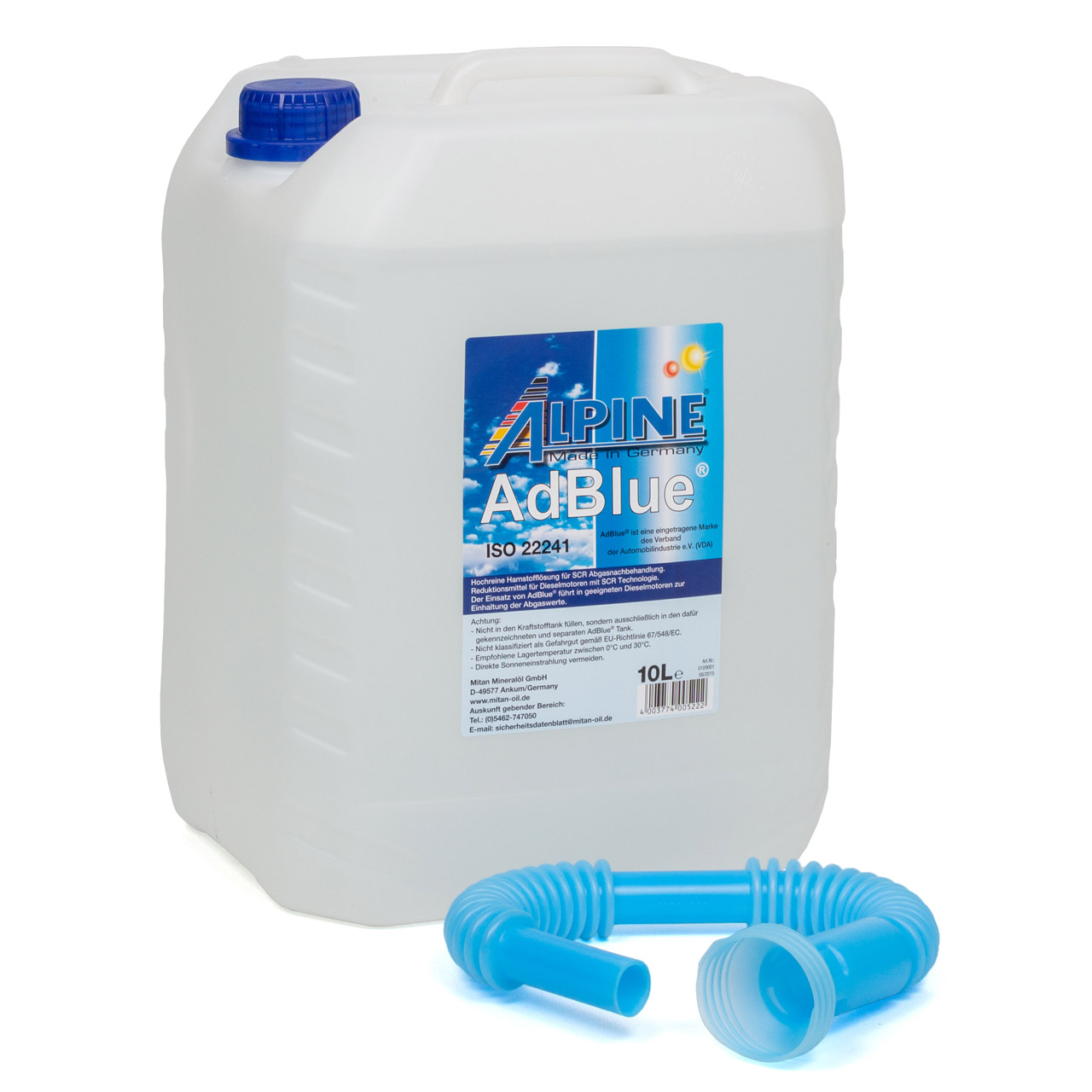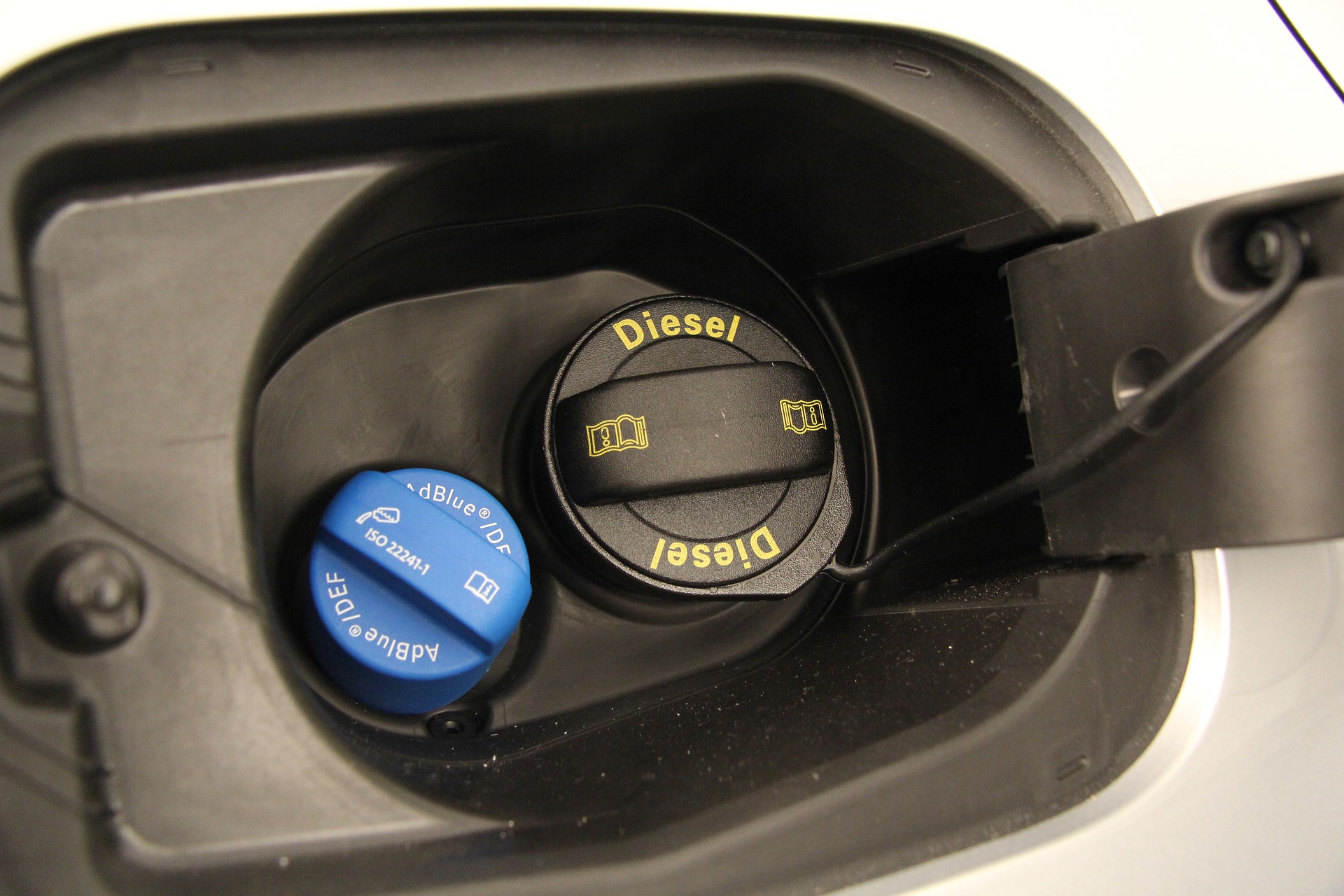customer service
contact our service experts
Service & Support via WhatsApp
professional counseling
1 month right of withdrawal
Fast delivery via DHL & UPS
Free shipping in DE from 90€
all categories
-
spareparts
- Bearing / buffer / damper
- belt drive
-
brakes
- abs sensor ring
- brake accessories
- Brake cables
- brake callipers
- Brake cover plates
- Brake discs
- Brake drums
- Brake force regulator / Brake force amplifier
- brake hoses
- Brake lines Brake hoses
- Brake pads
- Brake shoes
- Braking sets
- Guide bush sets Brake calliper
- Main brake cylinder
- Vacuum pumps
- warning contact cable
- Wheel brake cylinder
- car locking system
- cooling / heating / ventilation
-
electric parts
- alternator / alternator regulator
- automotive wiring harness
- brake light switch
- Car interior switches
- car relays
- clutch switch
- control units
- electrical junction box
- fanfare horn
- Handbrake Switch
- main light switch
- oil pressure switch
- rear light switch
- rear window heating switches
- Servomotors tank cap / tank flap
- Starter / Car Starter
- Steering angle sensor
- steering column switch
- warning light switch
- window regulator switches
- Engine parts
- exhaust parts
- Ignition system
- lighting parts
- other parts
-
sensors
- Accelerator pedal position sensors
- Camshaft sensors
- Cooling water level sensors
- Crankshaft sensors
- Exhaust pressure sensors
- Fuel pressure sensors
- fuel pressure sensors
- Intake manifold pressure sensor
- Oil level sensor
- Parking sensors
- Rain sensors
- sensor exhaustgas temperature
- sensor-headlight-adjustment
- Speed sensors
- Throttle sensors
- Tire pressure sensors
- Transmission sensors
- Vacuum pressure sensors
- Wheel speed sensors
- wipe water sensors
- Special parts for Porsche
-
steering / suspension / chassis
- accumulator tank
- air suspension compressors
- air suspensions
- articulated sets drive shaft
- Axle beam
- axle cuffs
- Ball joint / Steering bearing
- Coupling rods / stabilizer
- crossbars
- dust protection shock absorbers
- hydraulic hoses
- servo pumps
- shock absorbers
- spring struts
- steering column lever / reversing lever
- steering damper
- steering system / wheel suspension sets
- support joints
- suspension springs
- tie rod cuffs
- tie rods / tie rod heads
- Track widening / spacers / tracking plates
- wheel bearings / wheel hubs
- wheel-bearing-housing / bearing race
-
transmission & clutch
- cardan shafts
- clutch cables
- clutch discs / driving discs
- clutch pressure plates
- clutch sets
- driving shafts
- flywheels
- gear bearing
- gear oil pan
- gear oil pan gasket
- gearbox repair kits
- gearing gasket
- hardy discs / articulated discs
- Multi-plate clutches / Haldex clutches
- nehower clutch cylinder
- release bearing
- Shift forks / release forks / shift wheels
- Shift lever / accessories
- Shift linkage
- Synchronizer rings Transmission
- Transmission oil cooler
- universal joint
- Window cleaning
- Oils / lubricants
-
Chemicals
- adblue urea solutions
- adhesives / sealants / adhesive tapes
- Antifreeze liquids
- Brake cleaner
- Brake fluids
- Compressor oils / refrigerating machine oils
- Cooling system cleaner / radiator conditioner
- Diesel particulate filter cleaner
- Fuel additives
- Injector solvent
- Jump start sprays
- Lubricating greases / functional oils / assembly paste
- System cleaner for engine / transmission
- Windscreen cleaner / frost protection
- Inspection sets
- filters
- Batteries
-
body parts
- Air filter boxes
- bonnet insulation mats
- bumper brackets / bumper reinforcement / accessories
- car aerials
- Car interior
- Car mouldings / protective mouldings
- Car seals / body seals
- Convertible roof parts
- Fuel tanks / fuel container
- gas pressure dampers
- interior mudguard
- Jacking points
- mounting material body
- outside mirrors
- Radiator grilles
- Sills / Repair panels
- Underride protection / engine protection
- window lifters
-
car care
- Air conditioner cleaner
- Air freshener car
- Car care accessories
- Car glass cleaner / window sealants
- Car polishes
- Car shampoo
- Car sponges / car wipes
- Car textile cleaner
- Convertible top care
- Insect remover
- Leather care car
- Paint sealants / paint care
- Paints
- Plastic care car / cockpit cleaner
- Polishing machines
- Polishing pads / polishing discs
- Rim cleaner
- Rubber care / tire care
- Rust remover / rust protector
- Silicone remover
- underseal car
- Universal cleaner car
-
accessories
- Armrests
- bulbs
- car covers
- car fuses
- Car interior / accessories
- Car keychains / car promotional items
- Car seat covers
- E-vehicles charging cables
- floor mats
- license plate holders
- Load securing
- Luggage nets / dividing grids / trunk nets
- marten protection / marten repellent
- Oil drip pan / oil drip tray
- oil funnel / car funnel
- Parcel shelf / trunk covers
- park distance control
- petrol canister / spare can
- Roof carriers / coupling carriers
- sun protection car
- Tire repair kit / Car breakdown / First aid
- Tools / Workshop supplies
- Trailer hitch parts
- wheel trims / wheel rims
- Wind deflector / Rain deflector
- winter equipment car
spareparts
- exhaust parts
-
electric parts
- alternator / alternator regulator
- automotive wiring harness
- brake light switch
- Car interior switches
- car relays
- clutch switch
- control units
- electrical junction box
- fanfare horn
- Handbrake Switch
- main light switch
- oil pressure switch
- rear light switch
- rear window heating switches
- Servomotors tank cap / tank flap
- Starter / Car Starter
- Steering angle sensor
- steering column switch
- warning light switch
- window regulator switches
- lighting parts
-
brakes
- abs sensor ring
- brake accessories
- Brake cables
- brake callipers
- Brake cover plates
- Brake discs
- Brake drums
- Brake force regulator / Brake force amplifier
- brake hoses
- Brake lines Brake hoses
- Brake pads
- Brake shoes
- Braking sets
- Guide bush sets Brake calliper
- Main brake cylinder
- Vacuum pumps
- warning contact cable
- Wheel brake cylinder
-
transmission & clutch
- cardan shafts
- clutch cables
- clutch discs / driving discs
- clutch pressure plates
- clutch sets
- driving shafts
- flywheels
- gear bearing
- gear oil pan
- gear oil pan gasket
- gearbox repair kits
- gearing gasket
- hardy discs / articulated discs
- Multi-plate clutches / Haldex clutches
- nehower clutch cylinder
- release bearing
- Shift forks / release forks / shift wheels
- Shift lever / accessories
- Shift linkage
- Synchronizer rings Transmission
- Transmission oil cooler
- universal joint
- cooling / heating / ventilation
- Bearing / buffer / damper
-
steering / suspension / chassis
- accumulator tank
- air suspension compressors
- air suspensions
- articulated sets drive shaft
- Axle beam
- axle cuffs
- Ball joint / Steering bearing
- Coupling rods / stabilizer
- crossbars
- dust protection shock absorbers
- hydraulic hoses
- servo pumps
- shock absorbers
- spring struts
- steering column lever / reversing lever
- steering damper
- steering system / wheel suspension sets
- support joints
- suspension springs
- tie rod cuffs
- tie rods / tie rod heads
- Track widening / spacers / tracking plates
- wheel bearings / wheel hubs
- wheel-bearing-housing / bearing race
- Engine parts
- belt drive
- Window cleaning
- car locking system
-
sensors
- Accelerator pedal position sensors
- Camshaft sensors
- Cooling water level sensors
- Crankshaft sensors
- Exhaust pressure sensors
- Fuel pressure sensors
- fuel pressure sensors
- Intake manifold pressure sensor
- Oil level sensor
- Parking sensors
- Rain sensors
- sensor exhaustgas temperature
- sensor-headlight-adjustment
- Speed sensors
- Throttle sensors
- Tire pressure sensors
- Transmission sensors
- Vacuum pressure sensors
- Wheel speed sensors
- wipe water sensors
- other parts
- Special parts for Porsche
- Ignition system
Chemicals
- adblue urea solutions
- Brake cleaner
- Brake fluids
- Diesel particulate filter cleaner
- Injector solvent
- adhesives / sealants / adhesive tapes
- Compressor oils / refrigerating machine oils
- Fuel additives
- Antifreeze liquids
- Cooling system cleaner / radiator conditioner
- Windscreen cleaner / frost protection
- Lubricating greases / functional oils / assembly paste
- Jump start sprays
- System cleaner for engine / transmission
accessories
- Trailer hitch parts
- Car interior / accessories
- Car keychains / car promotional items
- car covers
- bulbs
- floor mats
- Car seat covers
- petrol canister / spare can
- Roof carriers / coupling carriers
- park distance control
- Parcel shelf / trunk covers
- license plate holders
- car fuses
- Luggage nets / dividing grids / trunk nets
- E-vehicles charging cables
- Load securing
- marten protection / marten repellent
- Armrests
- Oil drip pan / oil drip tray
- oil funnel / car funnel
- wheel trims / wheel rims
- Tire repair kit / Car breakdown / First aid
- sun protection car
- Tools / Workshop supplies
- Wind deflector / Rain deflector
- winter equipment car
1
product comparison


